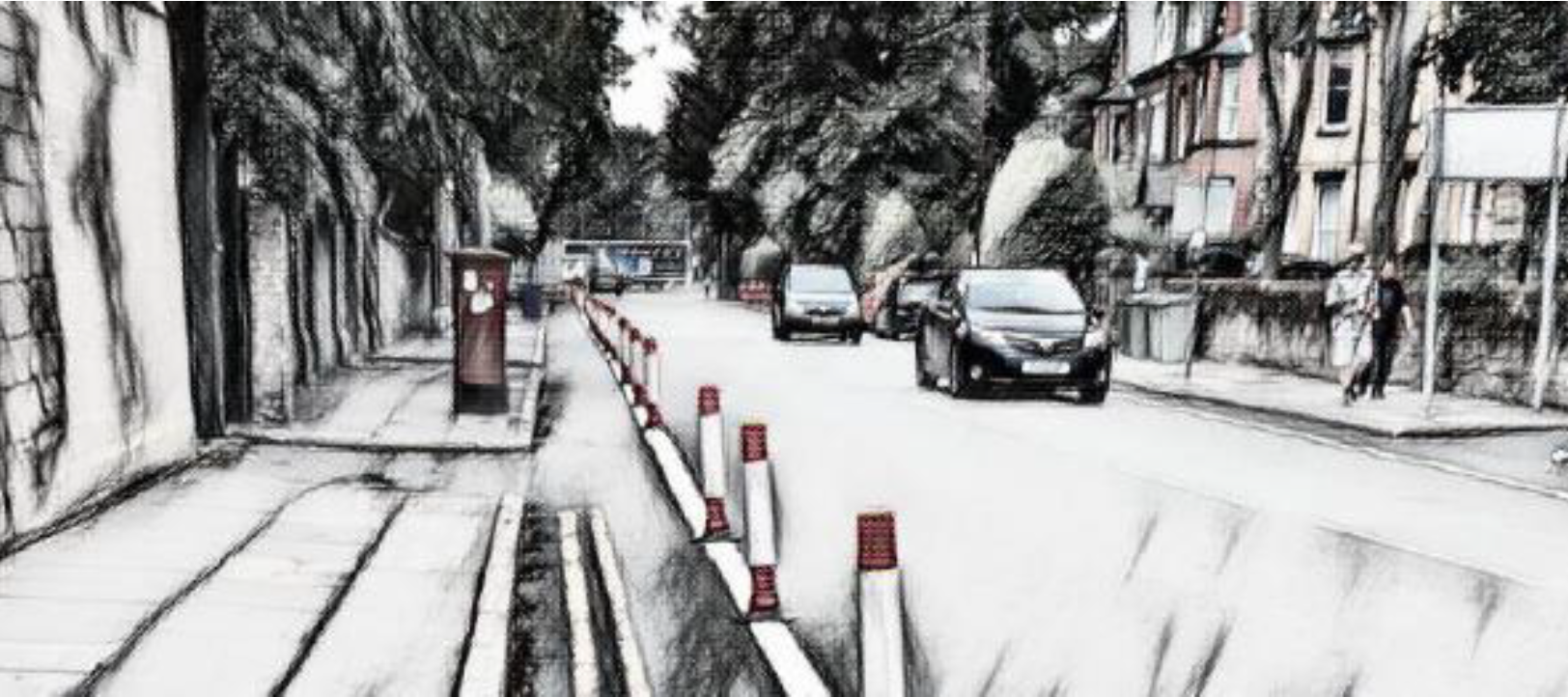By Dr Richard Dunning and Dr Alexander Nurse
In May 2020 the Government announced a £250 million Emergency Active Travel Fund for local authorities in the UK. The funding was itself a response to a modal shift observed during the COVID-19 pandemic, and was supported by statutory guidance, that enabled local authorities to rapidly reallocate road space for cyclists and pedestrians. Whilst there was precedent from cities outside of the UK in implementing extensive and fast road space reallocation (e.g. Ghent), there was little evidence of how to plan and consult in the short timeframes that the Government intended.
Our research, funded by DecarboN8, considered the implementation of the first tranche of the Emergency Active Travel Fund for one case study, Liverpool City Region (LCR). We considered the rapid reallocation of road space from a social and demographic perspective, drawing on evidence from postcode level analysis of resident attitudes, interviews with bike shop owners and expert analysis of bike-mounted video camera footage. We found four key issues.
1. Road space reallocation is an issue of equity.
City regions represent geographies of variegated transport access and social advantage. There is limited evidence about the correlation of deprivation, access to active travel infrastructure and usage. Therefore, the LCR Combined Authority attempted to join up the rapid road-space reallocation with its longer- term plan in the Local Cycling and Walking Infrastructure Plan, through which some authorities enhanced areas with higher index of multiple deprivation scores where others exacerbated social inequalities through greater access to active travel infrastructure.
2. Listening to the public means more than listening to the loudest voices.
Prior to the pandemic there was widespread support for active travel infrastructure investment (e.g., Sustrans BikeLife reporting). However, opponents to several reallocated road space interventions were more vocal than those in support. There is no evidence to suggest these opponents were in a majority, but they succesfully managed to have several interventions rapidly removed. In 2021 our survey with Commonplace showed that 88% of residents wanted temporary lanes to be made permanent and there was widespread support for further safe space to cycle and walk.
3. Temporary allocation signals longer term commitments.
This works both ways. Cycle shop owners argued that people were buying bikes because they saw reallocated road space as the City Region’s commitment to active travel. However, residents also saw the quick removal of bike lanes as a signal of only temporary commitment by the council (even if the council were learning and reflecting on these allocations).
4. There are trade-offs between rapid reallocation, quality & public perceptions.
In some instances, the quality of the rapid road space reallocation was poor. Video based analysis of cycle lanes in January 2021 revealed lanes with potholes, poor junctions, limited protection from parking / moving vehicles and abrupt entry / exits. Whilst some teething issues are expected with a rapid response, there is a trade off with public perceptions. It is important to ensure that residents see commitment to quality infrastructure even if there are temporary limitations.
The rapid reallocation of road space was a novel intervention at a time of peak changes to societal behaviour arising from the COVID-19 pandemic. That the process of changing public space from one form of transport to active travel during this period was not consistently implemented, vocally opposed and partially defended is not surprising given the speed with which it was implemented. However, this period presents lessons for local authorities and governments seeking to expand active travel infrastructure: plan for the future; listen to the public but make bold decisions; clearly indicate your long-term commitment to active travel; and ensure that the infrastructure is of a decent quality. These lessons are not complex, nor are they challenging.

